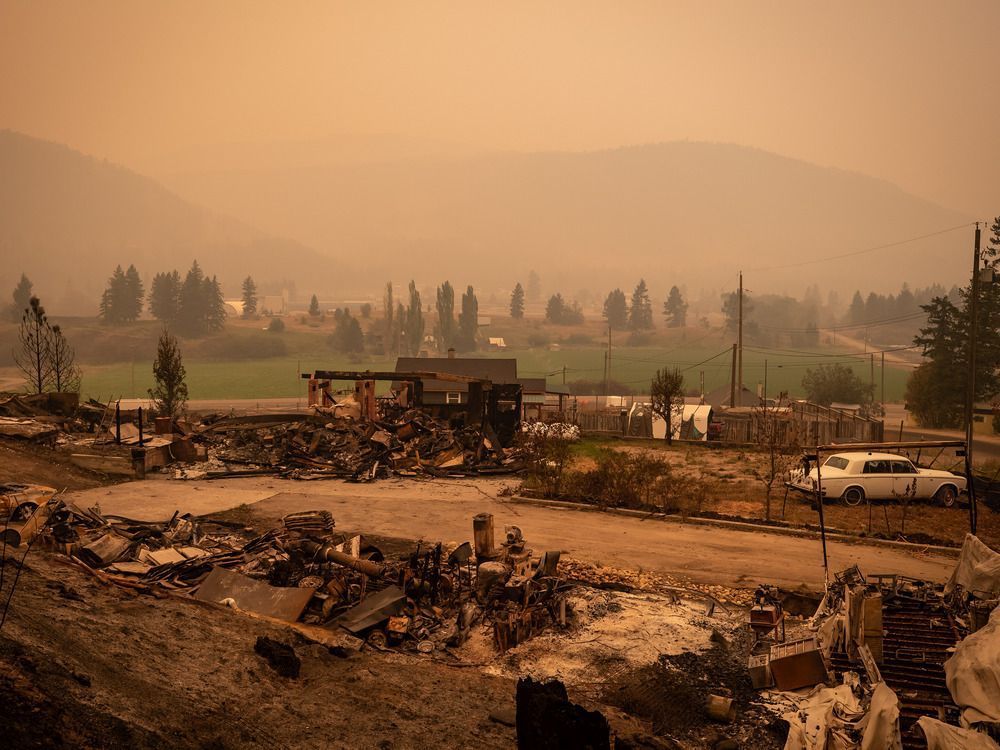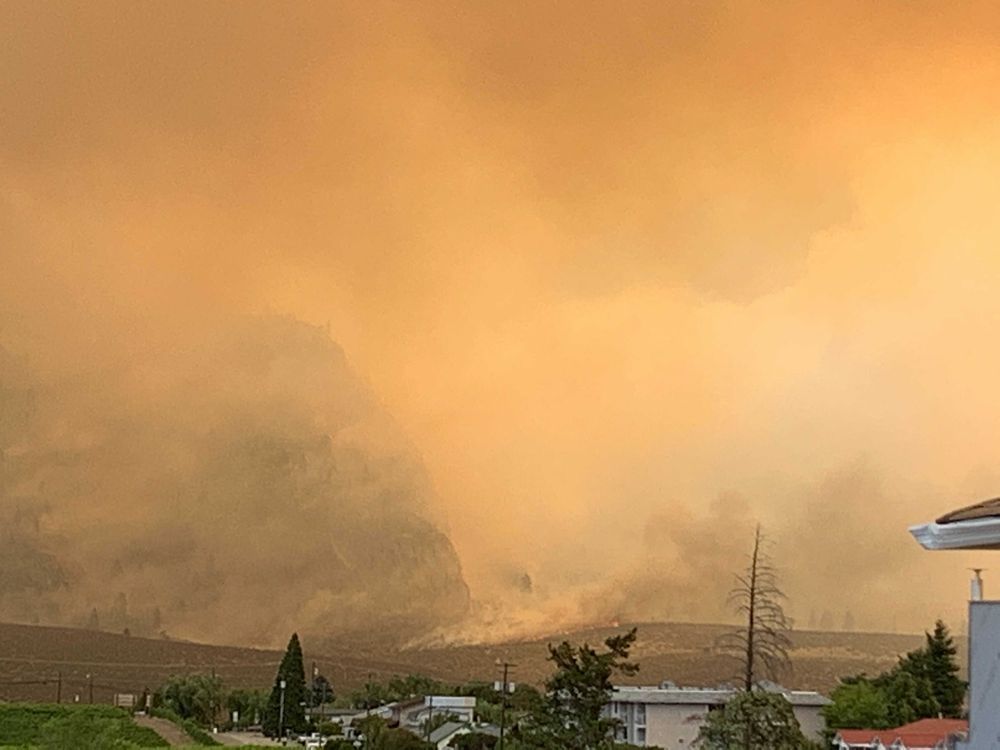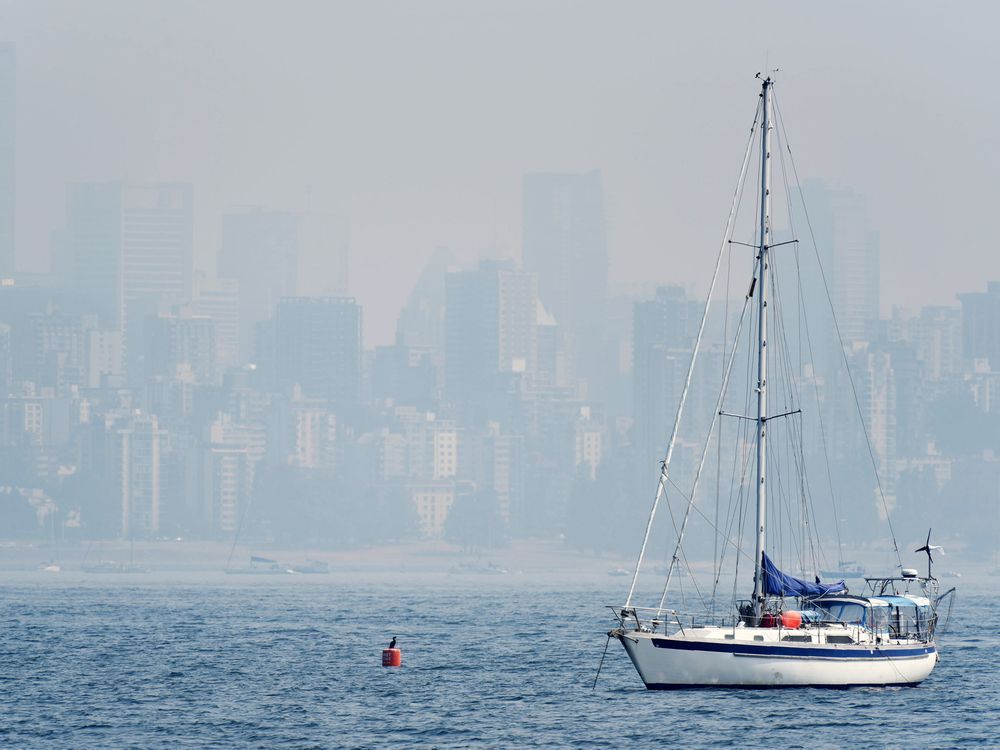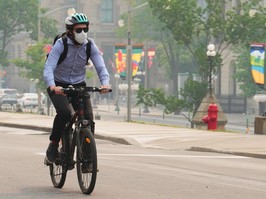opinion: b.c. responds to wildfires' impacts on mental health
this summer’s events affect the mental health and well-being of many people throughout the province. there are things we can do to steady ourselves, including asking for help
doctors, experts forecast worsening health effects of wildfire smoke
“stroke, heart disease, cancer, chronic or respiratory diseases, these are all worsened by air pollution,” dr. courtney howard said in a recent interview from cranbrook
wildfire smoke may have immediate affect on respiratory, cardiovascular systems: ubc study
the study found exposure to elevated levels of fine particulate matter during wildfire seasons in b.c. was associated with an increased number of ambulance trips for respiratory and cardiovascular problems only one hour after exposure.
 6 minute read
6 minute read









